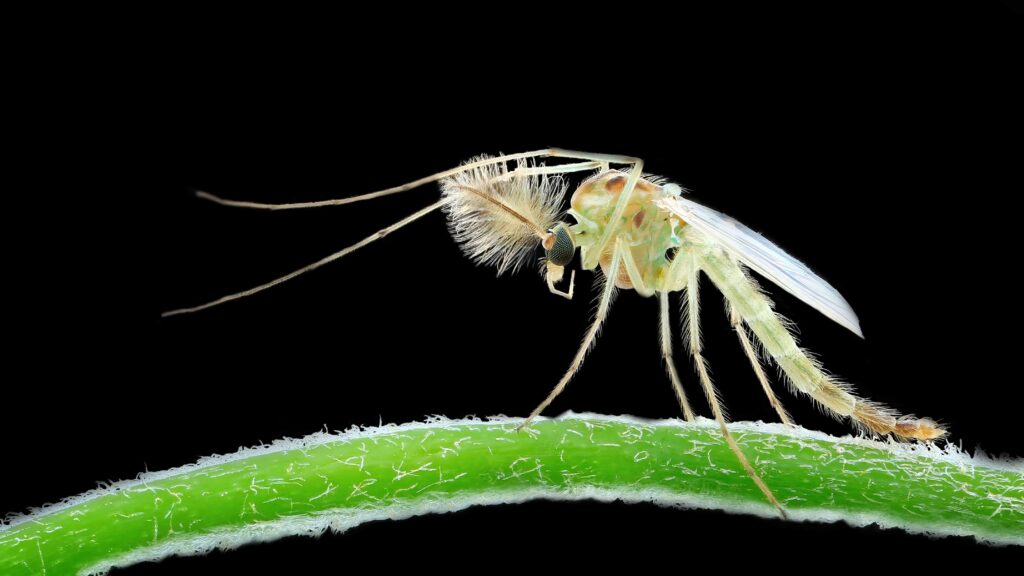
No-See-Ums: You can’t see um, so let’s talk about um
Author: Meredith Maloney, Office Manager/Naturalist
It’s time to understand these tiny, sly bugs that often result in breaking out the bug spray or heading back inside. No-see-ums, also referred to as sand gnats, biting midges, punkies, moose flies, five-o’s, and sandflies, are well known for being party poopers. But what are they, really?
No-see-ums are a common term for a very large family: Ceratopogonidae, which encompasses ~4,000 different species. The vast majority of species in this family don’t bother people and stick to feeding on other insects or animals; most are only hazardous when they fly up my nose while I’m on a bike ride.
No-see-ums, however, bite for blood; females will bite when in need of nutrients for egg production, and do so by cutting open the skin with an appendage that serves as a pair of tiny scissors. Afterwards, they release a chemical into the skin which prevents blood from clotting. Once this chemical is released, they drink blood through their proboscis, which is sort of like the tongue equivalent of a straw.
While your skin may be crawling at the thought, no-see-um bites are rarely more than an itchy inconvenience. They are not known to carry diseases to humans, and bites often go away within a matter of days. According to Miriam Webster, the term no-see-um’s first known use was in 1842, and was used by Native Americans to describe the pest. Their scientific name Ceratopogonidae comes from the Greek “Keratos”, which translates to “horns”, and “pogon”, which translates to “beard”. This is likely because of the fuzzy antennae that the males often have.
No-see-um females can lay up to 450 eggs at a time, and can lay eggs up to 7 times in their lives. Not all eggs survive, which is why so many are laid. Eggs often hatch within 10 days of being laid, and then go into their larval stage, as all insects do. During their larval stage, they undergo four growth periods called instars, and grow until they are ready to go into their adult phase. Their entire life cycle is often between 2 and 6 weeks, but varies based on species, environmental factors, and more.
So while they may pose a threat to your enjoyment of a backyard barbecue, remember that while they are undeniably annoying, their time is limited and they are a great food source for bats, birds, dragonflies, frogs, and some of our other favorite critters.
